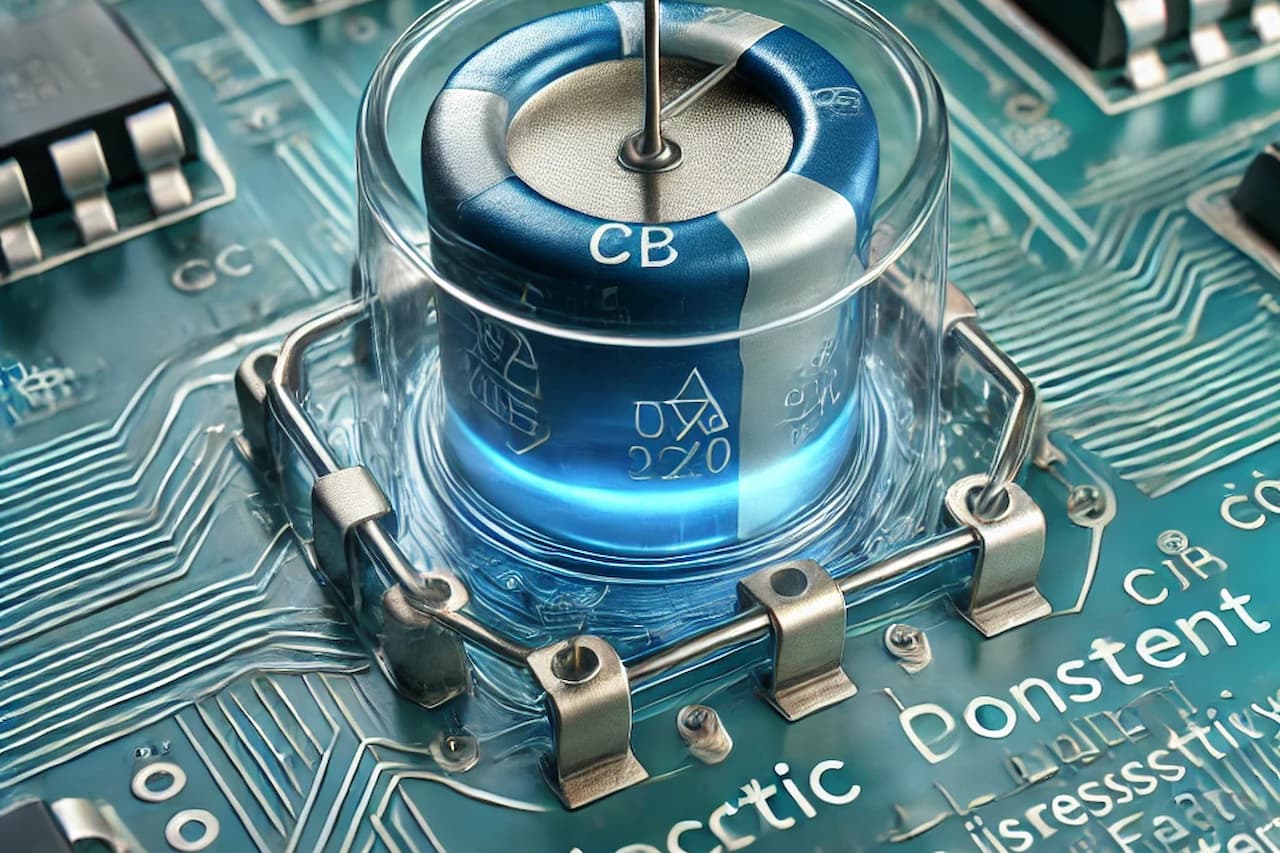Epoxy resin knowledge| Dielectric properties of epoxy resins
Aug 12, 2024
A dielectric is any insulating medium between two conductors. Simply put, it is non-conductive material. Dielectric materials are used to make capacitors, to provide an insulating barrier between two conductors (e.g., in crossover and multilayer circuits), and to encapsulate circuits.
Dielectric Properties
Epoxy resin usually has the following four dielectric properties:VR, Dk, Df and dielectric strength.
Volume resistivity (VR): It is defined as the resistance measured through the material when a voltage is applied for a specific period of time. According to ASTM D257, for insulation products, it is usually greater than or equal to 0.1 tera ohm-meter at 25°C and greater than or equal to 1.0 mega ohm-meter at 125°C.
Dielectric constant (Dk): it is defined as the ability of the material to store charge when used as a capacitor dielectric. According to ASTM D150, it is usually less than or equal to 6.0 at 1KHz and 1MHz, and is a dimensionless value because it is measured as a ratio.
The dissipation factor (Df) (also known as the loss factor or dielectric loss): defined as the power dissipated by the medium, usually less than or equal to 0.03 at 1KHz, less than or equal to 0.05 at 1MHz.
Dielectric strength (sometimes called breakdown voltage): is the maximum electric field that the material can withstand before breakdown. This is an important characteristic for many applications that require running high currents or amperages. As a general rule of thumb, the dielectric strength of epoxy resins is about 500 volts per mil at 23°C for insulating products. As a practical example, if an electronic circuit needs to resist 1000 volts, a minimum of 2 mils of dielectric epoxy is required.
Volume resistivity, dielectric constant, and dissipation factor can be determined experimentally by the adhesive manufacturer; however, dielectric strength depends on the application. Users of epoxy resins should always verify the dielectric strength of the adhesive for their particular application.
Variability of dielectric properties
Many dielectric properties will vary with factors unrelated to the properties of the host material, such as: temperature, frequency, sample size, sample thickness and time. Some external factors and how they affect the final results.
VR and Temperature
As the temperature of the material increases, the VR decreases. In other words, it is no longer an insulator. The main reason for this is that the material is above its glass transition temperature (Tg) and the molecular motion of the monomers entangled in the polymer network is at its highest level. This not only means lower insulation compared to room temperature, but also leads to lower strength and sealing.
Dk and temperature
The dielectric constant of room temperature cured epoxy resins increases with temperature. For example, the value is 3.49 at 25°C, becomes 4.55 at 100°C, and 5.8 at 150°C. In general, the higher the value of Dk, the less electrically insulating the material is.
Dk and frequency (Rf)
In general, Dk decreases with increasing frequency. As described in the effect of temperature on Dk, room temperature cured epoxy resin has a Dk value of 3.49 at 60Hz, a Dk value of 3.25 at 1KHz and a Dk value of 3.33 at 1MHz.
In other words, as Rf increases, the insulating properties of the adhesive increase. Therefore, the lower the Dk value, the more the material acts like an insulator.
Common Applications
Dielectric adhesives are used in most semiconductor and electronic packaging applications. Some examples include: semiconductor flip chip underfill, SMD placement on PCBs and substrates, wafer passivation, spherical tops for ICs, copper ring dipping and general PCB potting and encapsulation. All of these areas require maximum insulation to eliminate and prevent any electrical shorts.
Insulation Products
Epoxy Technologies offers a wide range of products for dielectric applications that have structural, optical and thermal properties as well as good dielectric properties. All dielectric products are electrical insulators, but many are also heat conductors.
Read More


